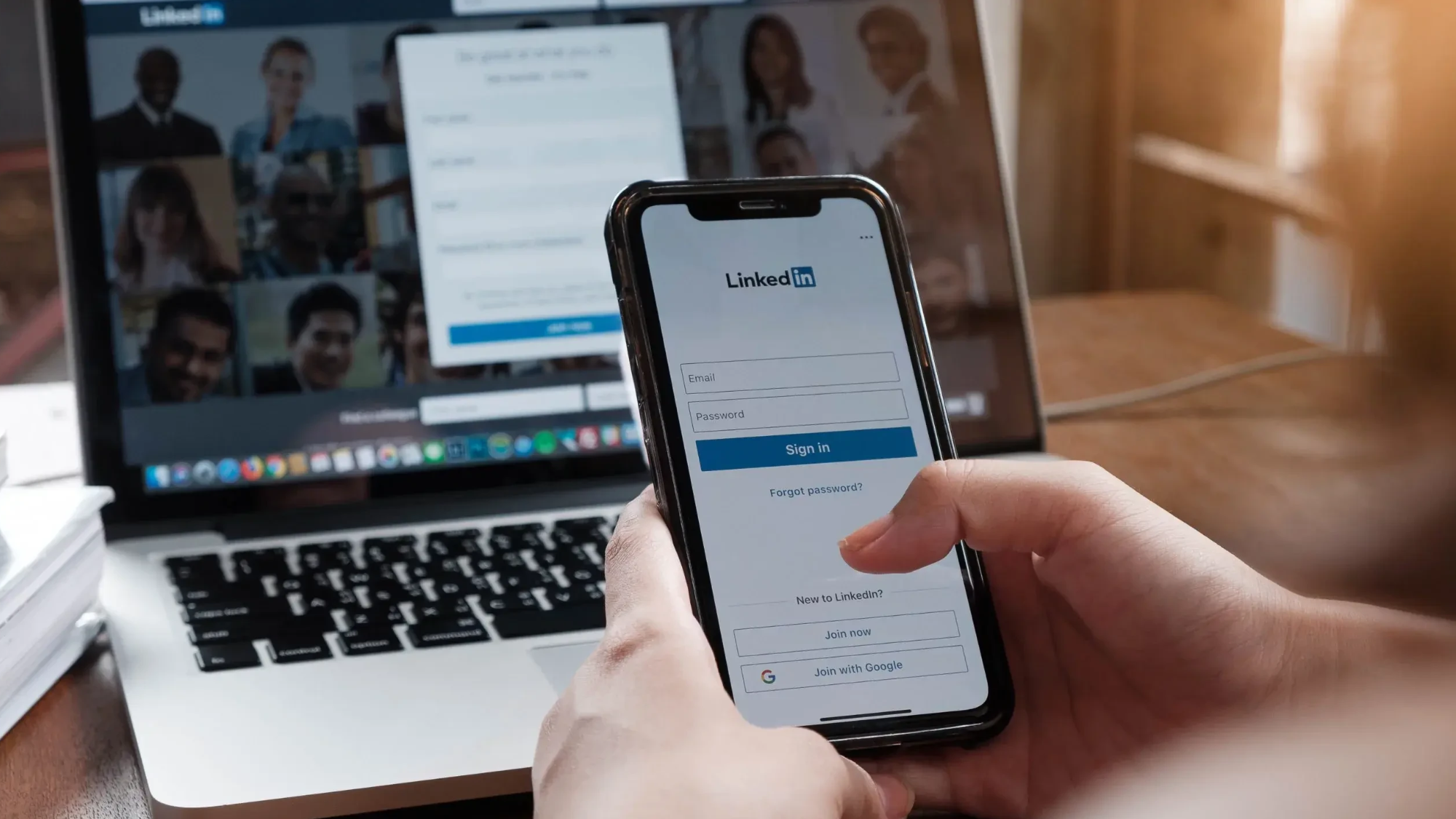Layoffs are one of the most difficult realities in today’s workforce. Whether driven by economic
downturns, restructuring, or industry changes, the impact of a workforce reduction goes far
beyond numbers on a spreadsheet. It affects people, careers, and company culture.
In this blog, we’ll explore what layoffs mean for both employers and employees—and how to
navigate them with strategy, empathy, and resilience.
Why Are Layoffs Happening More Frequently?
Recent years have shown a spike in workforce reductions across industries like tech,
healthcare, and education. Rising costs, automation, and shifting market demands have forced
many organizations to restructure. While layoffs may be necessary for business survival, the
way they are handled makes all the difference in how a company is perceived.
The Employer’s Perspective: Best Practices for Managing
Layoffs
If layoffs are unavoidable, organizations must approach them thoughtfully:
1. Communicate Clearly and Early – Avoid surprises. Employees deserve transparency
about the “why” and “what’s next.”
2. Offer Outplacement Support – Resume coaching, interview preparation, and career
workshops can ease the transition.
3. Prioritize Dignity and Respect – Handle conversations privately and provide resources
for next steps.
4. Support the Remaining Workforce – Survivors of layoffs often face anxiety and
lowered morale. Rebuilding trust is critical.
Companies that manage layoffs with compassion not only protect their brand but also
strengthen long-term loyalty with employees and the community.
The Employee’s Perspective: How to Reclaim Your Career
After Job Loss
For employees, a layoff can feel overwhelming—but it can also be an opportunity to reset and
refocus. Here’s how to move forward:
● Allow Yourself to Process: Acknowledge the emotions but don’t stay stuck.
● Reassess Your Career Goals: Ask, “What’s next for me? What do I really want to do?”
● Refresh Your Resume and LinkedIn: Highlight transferable skills and recent
achievements.
● Expand Your Network: Many new opportunities come through connections, not job
boards.
● Invest in Upskilling: Certifications, workshops, or training can make you more
competitive.
Turning Layoffs Into Opportunities
While layoffs are tough, they don’t have to define your career—or your company’s story. With
the right strategies, businesses can protect their culture during transitions, and individuals can
use this time to reposition themselves for future growth.
At Career Image Solutions, we specialize in helping organizations manage workforce changes
and supporting professionals in navigating their next chapter. Whether you’re an employer
seeking guidance or an individual facing job loss, we provide outplacement services, tools,
strategies, and coaching to help you move forward with confidence.
Should You Use LinkedIn’s “Open to Work” Feature?
Should You Use LinkedIn’s “Open to Work” Feature?
Are you thinking about using LinkedIn’s “Open to Work” badge? It’s a small feature that can make a big difference in how you show up in your job search.
There are two kinds of job seekers:
Active job seekers are applying and interviewing now.
Passive job seekers are open to opportunities but not actively applying.
✅ What Does “Open to Work” Do?
This feature lets you tell recruiters—or your entire LinkedIn network—that you’re open to new roles. You can choose to show it publicly or keep it private by only alerting recruiters.
Many professionals use the feature while they’re still working. It doesn’t always mean someone is unemployed.
👍 Pros of Using “Open to Work”
Better visibility with recruiters
Recruiters can find your profile faster when the feature is turned on.Support from your network
If you show the badge publicly, your connections may tag you in job posts or refer you.
👎 Cons to Be Aware Of
Job offers that don’t fit
You may receive messages for roles that don’t align with your goals.Potential bias
Some recruiters prefer candidates who aren’t actively job hunting, depending on the industry.
💡 Best Tips for Job Seekers
Whether you use the badge or not, don’t ignore your personal network. Often, the best leads come from people you already know.
If you activate “Open to Work,” track how your profile performs for 30 days. Are you getting more views? Are recruiters reaching out? Use that data to guide your strategy.
Author: Henntiher Gant
CHRO at Career Image Solutions — helping professionals succeed through expert hiring strategies and workforce development.
Do this before your employee leaves
Preparing for an Employee’s Departure: What Every Manager Should Know
At Career Image Solutions, we stay in tune with what career professionals say about our services. One key area that comes up often is how to handle employee departures effectively.
Did you know that the end of the year is one of the most common times employees look for new jobs? If you’re facing a staff member’s resignation—or planning to terminate someone—this guide will walk you through what to do next.
✅ What to Do Before an Employee Leaves
Every employee who enters and exits your company can shape your brand. They may act as a positive ambassador—or leave with negative impressions. That’s why handling their departure the right way matters.
Unless the employee is being terminated for gross misconduct, it’s important to treat them with dignity. Final impressions often last the longest.
Here are the three key steps to follow:
1. Schedule an Exit Discussion
It might feel awkward, but having a respectful conversation before the employee leaves is essential. During this talk:
Address any unresolved questions or concerns
Offer well wishes for their next chapter
Be cautious with your words—don’t say anything that could create legal risk
2. Create a Succession Plan
If your team has been communicating effectively, this step should be smooth. You’ll want to:
Decide how the employee’s responsibilities will be managed in the short term
Plan for a long-term replacement or role restructure
This is a good time to involve your HR Advisor or leadership team.
3. Conduct a Thoughtful Exit Interview
Many small businesses skip this—but it’s a mistake. Exit interviews can give you a peek into the culture of your workplace from an insider’s point of view.
They can uncover:
Management gaps
Process flaws
Team morale issues
To encourage honesty, have your HR Advisor or an external consultant conduct the interview.
Final Thoughts
When you treat departing employees with respect and plan their transition carefully, it strengthens your business. You build a better reputation, protect your culture, and gain insights that help you grow.
Author: Hennither Gant
Chief Human Resources Officer, Career Image Solutions
Empowering leaders and businesses with practical HR strategies that work.



